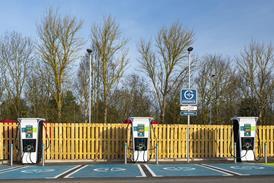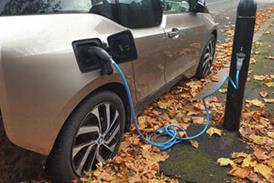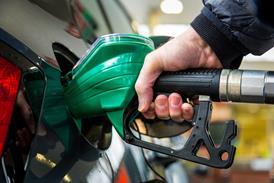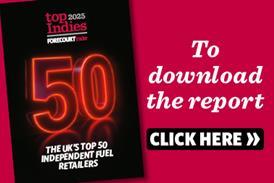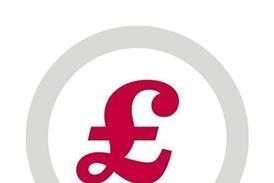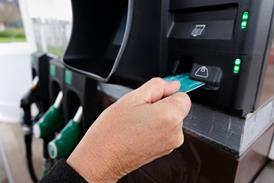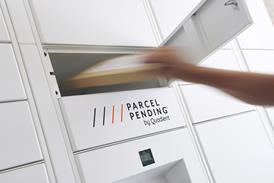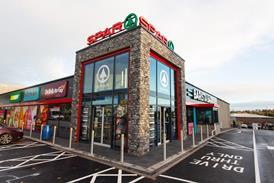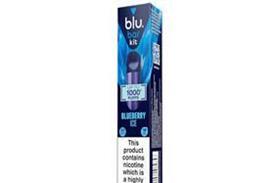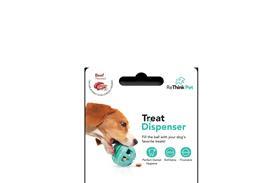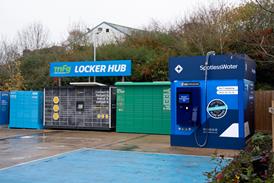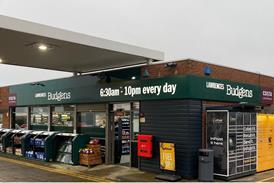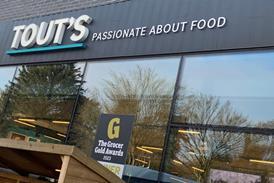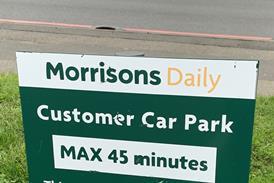
It has recently been confirmed that the WH Smith name is indeed finally going to disappear from the high street after more than a century and a half, only to be seen in travel locations such as service stations, airports and railway stations. It will join many other household names to leave shopping centres – think of Woolworths, Littlewoods, and Blockbuster – that were seemingly everywhere just 20 years ago. Note that the former owner is only selling the physical shops, not the name, which will remain attached to the remaining travel hub stores. It would appear that the name, the brand, is actually more important than what is in reality a chain of bricks-and-mortar shops struggling to be of relevance in today’s retail environment.
In fact, in the modern world of business, management and finance, the brand is almost always considered more important and valuable than whatever product it may once have represented. Hence you see well-known, old names being attached to brand new TV sets, take Grundig or Bush just for example, in your local electronics superstore. Few people realise that those TV sets are actually produced in China or Turkey by manufacturers who they’ve never heard of. Those named companies who used to make them simply stopped making consumer products, or went out of business altogether, years ago. But the brand lives on, carrying value for its owners.
There have been many brands that have disappeared from the petrol retailing market over the years, to name just a few of the big ones: Amoco, Burmah, Chevron, Elf and Total. And those are just the nationwide ones. There are dozens and dozens of others which were largely confined to smaller regional areas. But at one time – and not that long ago – they each had networks of forecourts which carried an individual brand image that was instantly recognisable to the fuel buying public. From the pole sign, through to the pumps, the shop fascia and shop layout, there was a cohesive, planned series of designs and colours unique to the retail network to which the site belonged, which, of course, in those days usually meant an oil company. Those owners used to spend very large amounts of money on their brand image, and tried to protect it as much as possible – because the brand had value to their shareholders.
Roll into 2025. To some of us old-timers it seems that the majority of current site owners, who are not oil companies in the traditional sense, have gone in the opposite direction. While the remaining oil company-owned sites mostly adhere to a visible overall corporate image, the independent networks of sites feature many individual sub-brands prominently displayed for the fuel supplier, shop group, coffee, or food drive-thru. Often this results in a mixture of colours and type-fonts which clash garishly, without any recognisable brand to identify who actually owns and operates the forecourt. Look through Forecourt Trader’s news articles and there are some honourable exceptions once in a while – sites being re-developed with at least some attempt at a cohesive visible identity, but in my opinion they are rare, and are usually those being developed by owners who have relatively small networks, sometimes just single sites.
Maybe the owners of the really large networks have decided that there is no value to having their own branding, either explicit or subtle; that customers are only interested in the fuel price and whatever fast food brand they might recognise on the forecourt. Or maybe the network owners really don’t want customers to think about who owns the site at all. It makes an interesting comparison with the hospitality trade, where the majority of network owners allow individual sites a great deal of leeway in detail, but retain an overall brand identity despite the diversity that entails. Either way, having no obvious brand is something of a departure from conventional business school wisdom.

